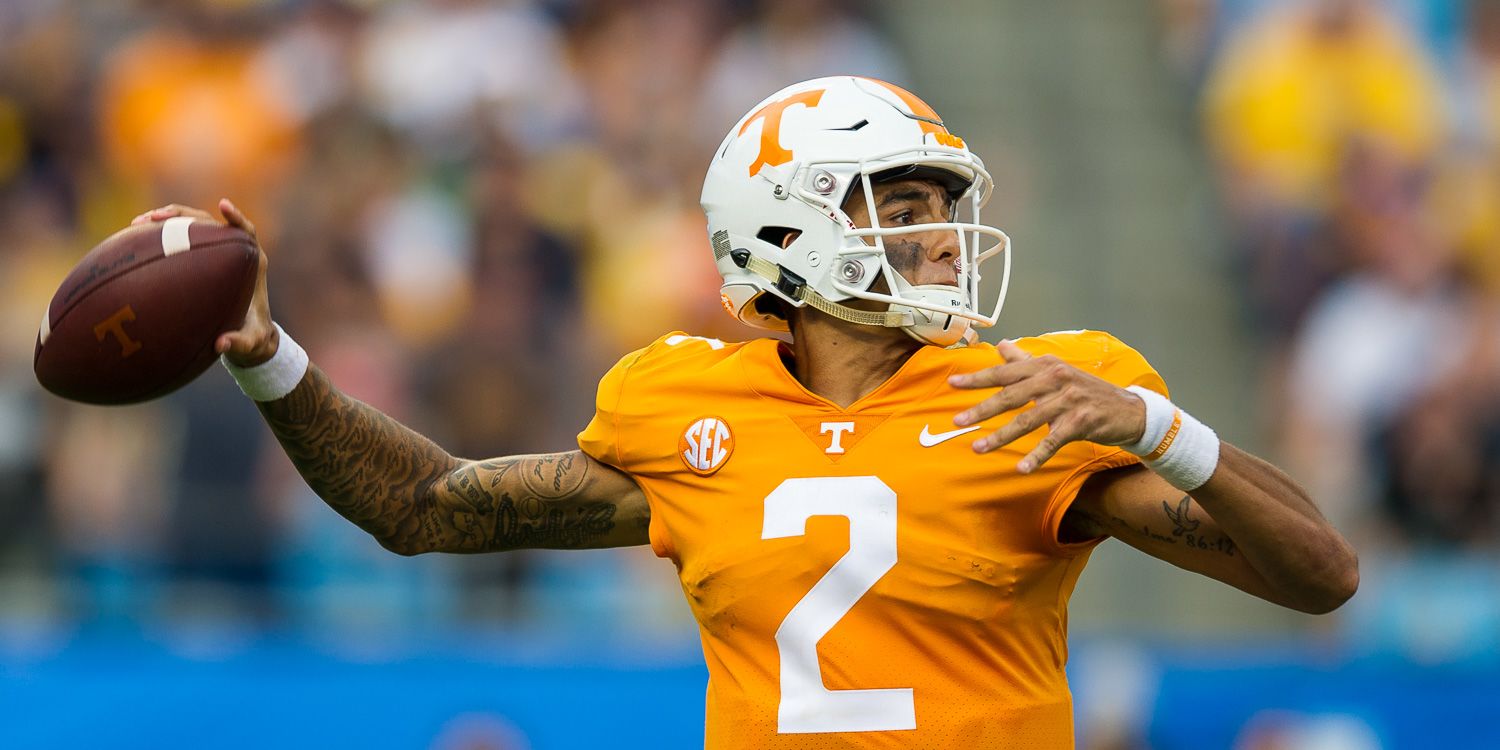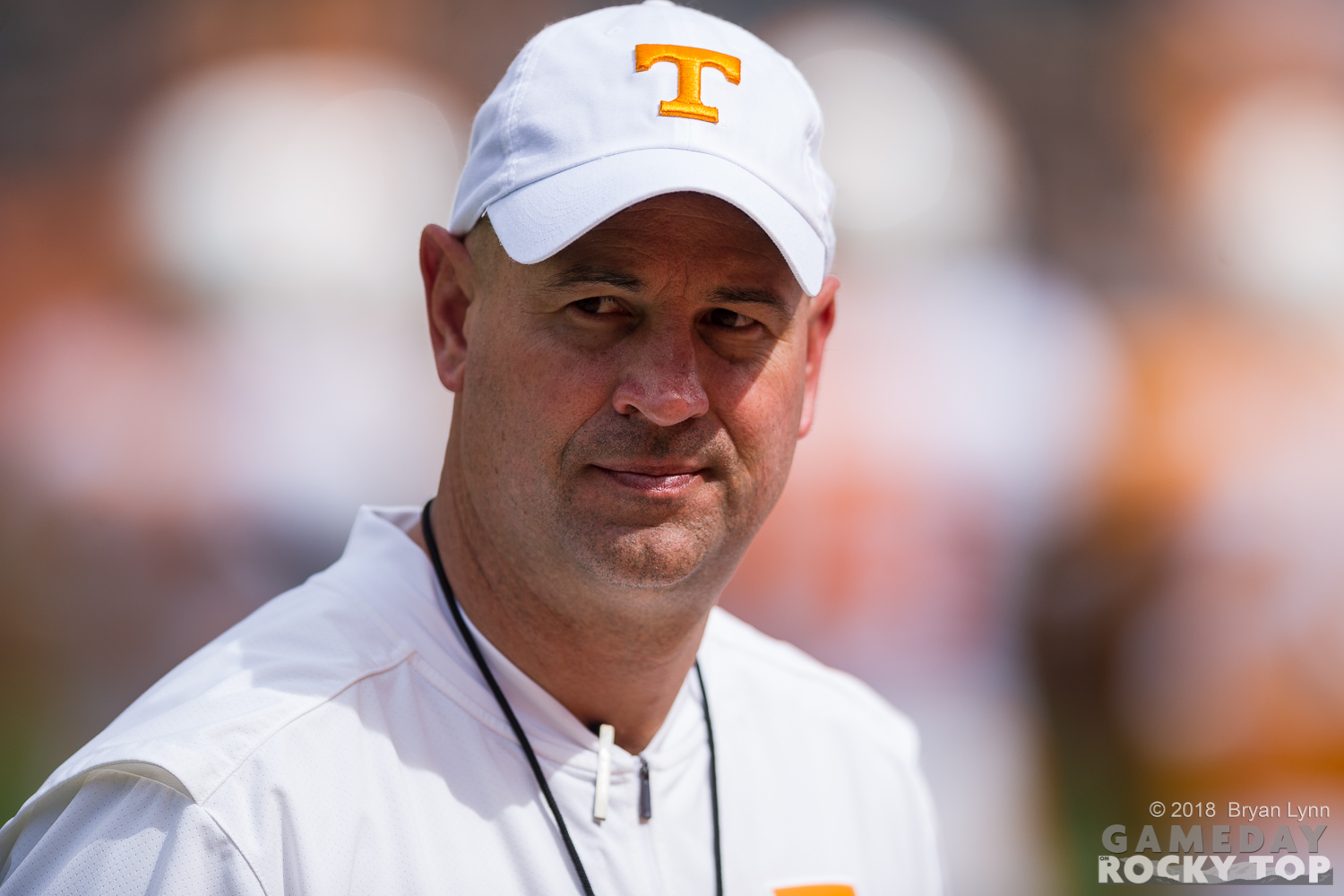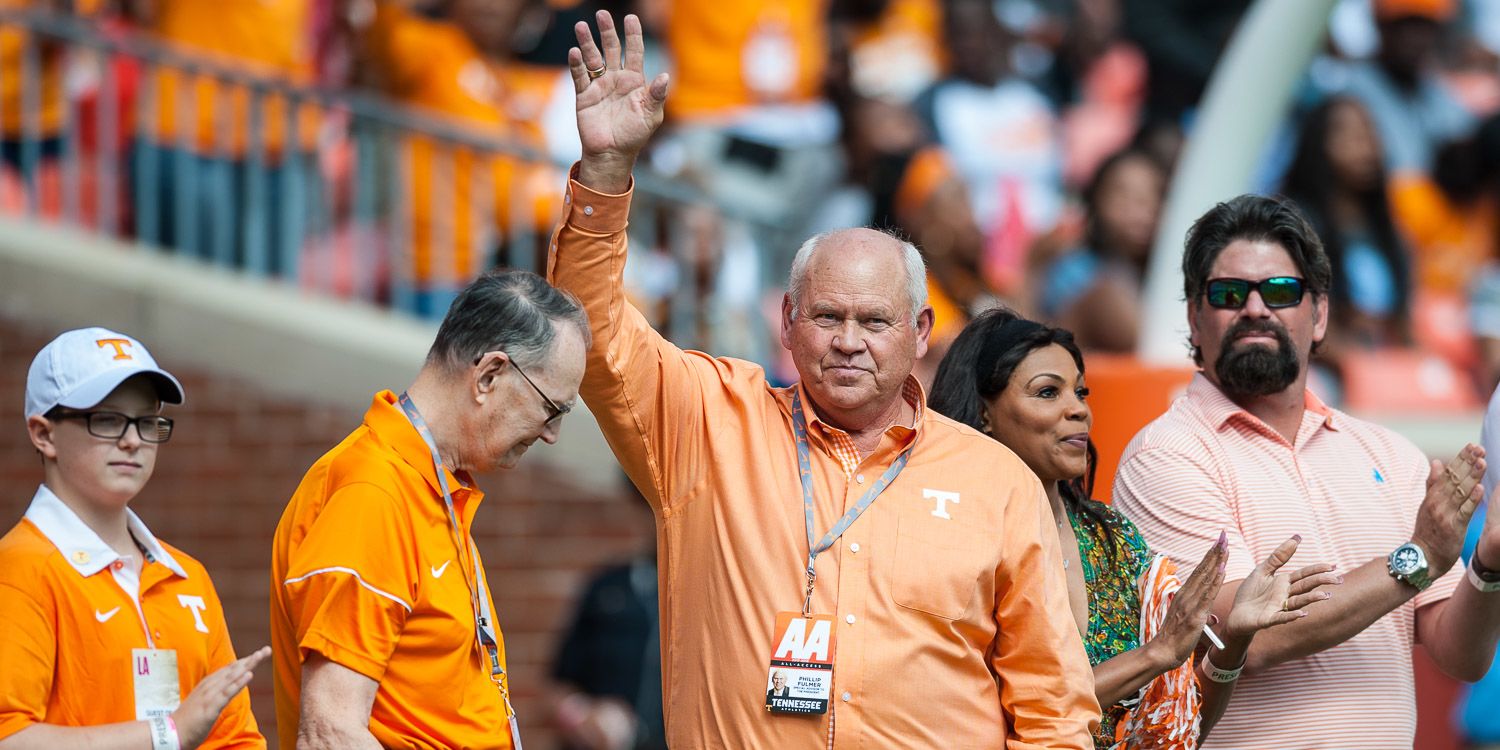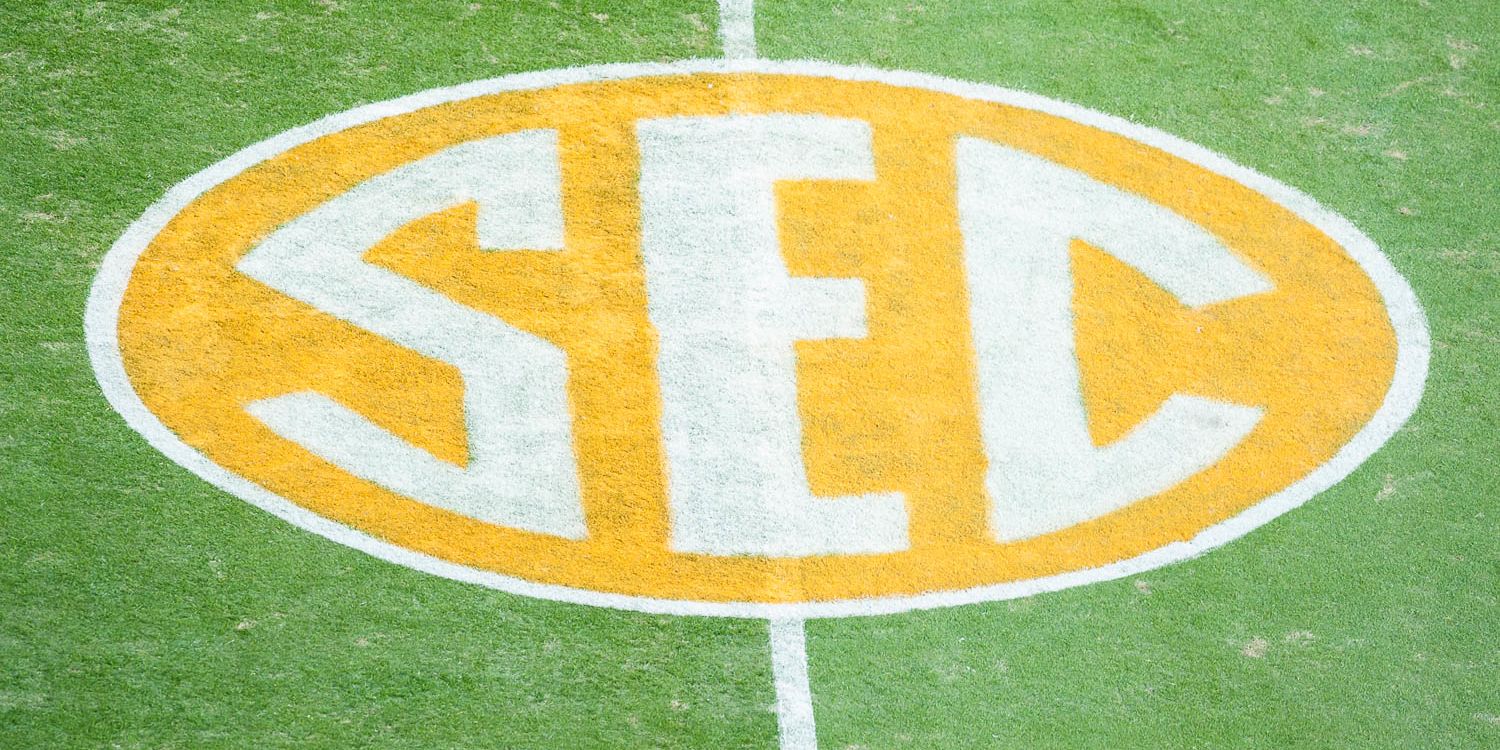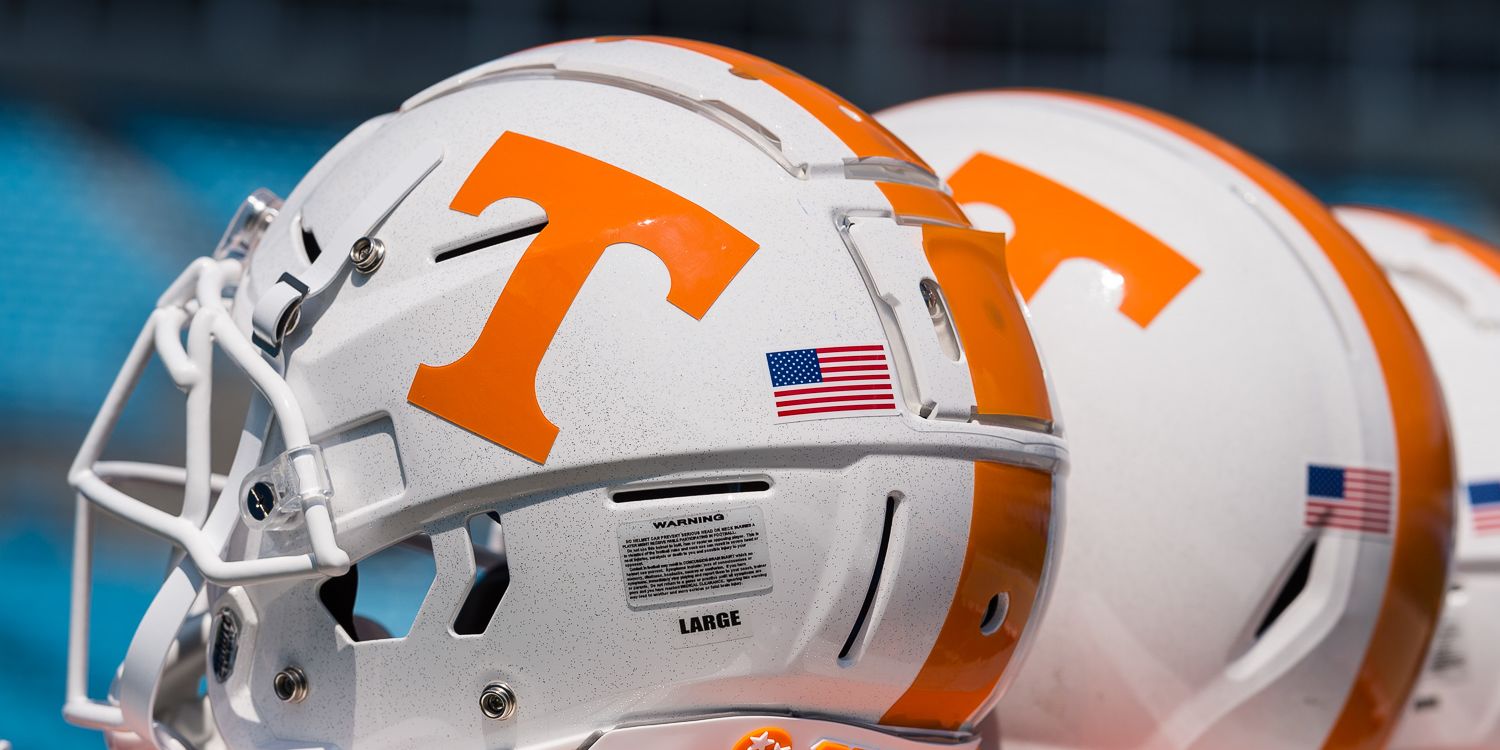A few more observations on this fine Sunday:
This was Tennessee’s biggest win as an underdog since Florida in 2001. Covers.com has the closing line from that night in The Swamp at +16.5. The line closed at +14.5 yesterday, just ahead of other classic upsets like 2003 Miami (+12.5) and 2004 Georgia (+13). The Vols were +7 against South Carolina in 2013. Obviously the Vols weren’t big underdogs in the 90’s, so other than Florida 2001 you have to go back to 1989 at UCLA (+15.5) to find a bigger upset win.
The Vols are 98th in yards per carry at 3.86 and the only SEC team under 4.00. One big run early did not heal the wounds of the first quarter: the Vols now have 52 carries for 116 yards in the opening stanza, with 2.23 yards per carry ranking 128th nationally. One thing the Vols are actually worse at than last year, so far: Tennessee gives up an average of eight tackles for loss per game, 120th nationally, up from 7.42 last season. (Stats via Sports Source Analytics)
Tennessee’s rushing production on first down isn’t as bad as you might think: 125 carries for 558 yards (4.46 per, 69th nationally). That average does drop to 3.84 yards per carry if you take away Ty Chandler’s 81 yard touchdown against UTEP.
Here’s a list of teams with fewer first down passing attempts than Tennessee (45): Coastal Carolina, Georgia Tech, Maryland, San Diego State, Navy, Air Force, Army, Georgia Southern. So yeah, your eyes aren’t deceiving you there. When the Vols have turned it loose on first down, they’ve typically gotten the desired result in catching the defense off-guard: 32-of-45 (71.1%, 12th nationally on first down), for 467 yards (10.4 ypa). Fifteen of those attempts have gone for 10+ yards, five of them for 25+. I’m not sure how much the Vols will seek to change this against Alabama, but it might be worth a look after that.
On third-and-short, the Vols still struggle to move the ball. When running on 3rd-&-1-to-3, Tennessee has 14 carries for 16 yards and only six first downs. 1.14 yards per carry is 127th nationally. Weirdly, the Vols are also 1-for-6 passing on third-and-short. So consider this:
- 3rd-&-1-to-3: 20 plays, 7 first downs (35% conversion rate)
- 3rd-&-4-to-6: 17 plays, 7 first downs (41.2%)
- 3rd-&-7-to-9: 23 plays, 13 first downs (56.5%)
- 3rd-&-10+: 23 plays, 5 first downs (21.7%)
That’s impressive and concerning at the same time. Open it up!
Speaking of which, here’s to Jarrett Guarantano: on 3rd-&-4-to-9, Guarantano is 19-of-24 (79.2%) for 248 yards (10.3 ypa) and 15 first downs. He’s also 16th nationally in overall yards per attempt (9.0).
At the midway point of the season, the Vols have 16 plays of 30+ yards. Last year they had 18 in the entire year.
We didn’t need it yesterday, and Auburn was the best red zone defense in the country coming into the game. But the Vols are now just 11-of-19 scoring touchdowns in the red zone this year; that’s 88th nationally. On the other side of the ball, Tennessee is one of just five teams nationally to surrender points on every red zone trip. Opponents are 17-for-17 against the Vols, with 11 touchdowns and six field goals. Plenty of room for improvement here.
The last time the Vols were +3 or better in turnovers against an FBS opponent: Kentucky last year, when the Vols were +4 and still lost. Some of the best wins of the Butch Jones era, as you might expect, came via huge turnover margins: 2016 Virginia Tech, 2016 Missouri, and 2015 Northwestern were all +4.
Quietly, Brent Cimaglia is 7-of-8 on field goals this year. The miss was the blocked kick yesterday. 87.5% is 14th nationally. The best percentage for Vol kickers this decade is Daniel Lincoln and Michael Palardy combining to go 15-of-18 (83.3%) in 2010.
It seemed like the Vols were penalized for a lot of little things yesterday, but Tennessee is still 20th nationally in penalty yards per game (42.5). The Vols have been relatively good at avoiding major 15-yard penalties this year. The flip side: Tennessee’s opponents average just 45.5 penalty yards per game, 107th nationally. The Vols aren’t giving or getting much help from the yellow flags.
